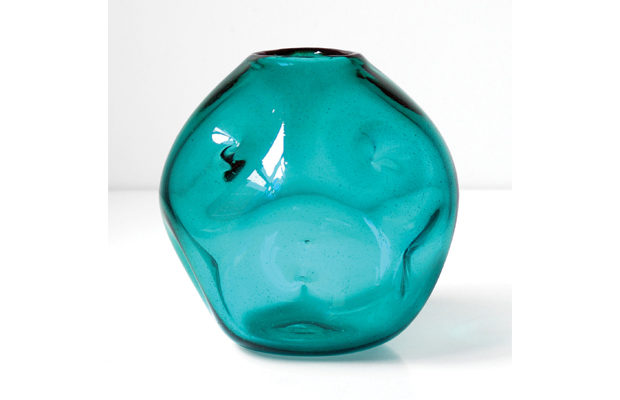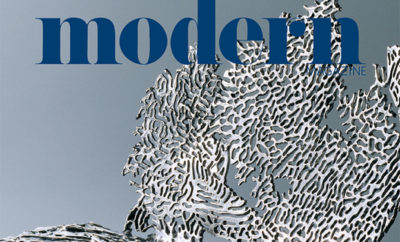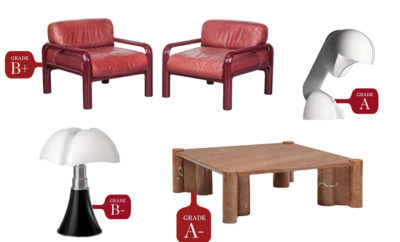
Design
Wild West Virginia Artisans
Wild West Virginia Artisans:
We ask experts to weigh in on the merits of particularly iconic pieces of modern design. Here, Damon Crain, proprietor of the New York by-appointment gallery Culture Object, discusses the mod, mad, and vivid studio-style work of the first four postwar designers at the Blenko Glass Company
There are many important points to consider when evaluating the hand-blown glass produced by the first four postwar designers at Blenko, but none more important than the distinction between bread-and-butter production work and the groundbreaking “proto-studio glass” they pioneered between 1947 and 1974. Understanding this divide requires a broad knowledge of the over 1,300 designs produced by the Milton, West Virginia, company in this period, the vast majority of which consisted of simple workaday forms, remarkable only for having been made in the exotic and vibrant proprietary colors and hand-tooled manner of Blenko.
My focus here is on the exciting and unusual forms that made up no more than one-tenth of the production of this glasshouse by volume. This range of designs is represented by highly original shapes often executed on a bold scale. They are the direct result of Blenko hiring artists fresh out of Alfred University, one of the country’s top ceramics schools, as full time in-house designers and allowing them free rein to experiment. The year they began the search for their first designer, 1946, was a dynamic moment in American culture. Blenko was among the earliest companies to adopt such an approach and the results were profound.
To encapsulate this exercise in only a few examples is a daunting task, given the four designers’ large and very distinctive bodies of work. Further, with hand-blown glass, quality of execution is a significant issue; most designs would be executed by two or three different finishers, one typically doing a better job of interpreting the designer’s vision. Color also affects the relevance and value of a design and each design was made, on average, in six to twelve different colors. For simplicity’s sake, suffice it to say that the ultimate goal for collectors is to identify important designs, and find perfectly executed examples in specific colors. The guide below demonstrates and distinguishes one entry level design and one exceptional design for each of the four groundbreaking designers.













